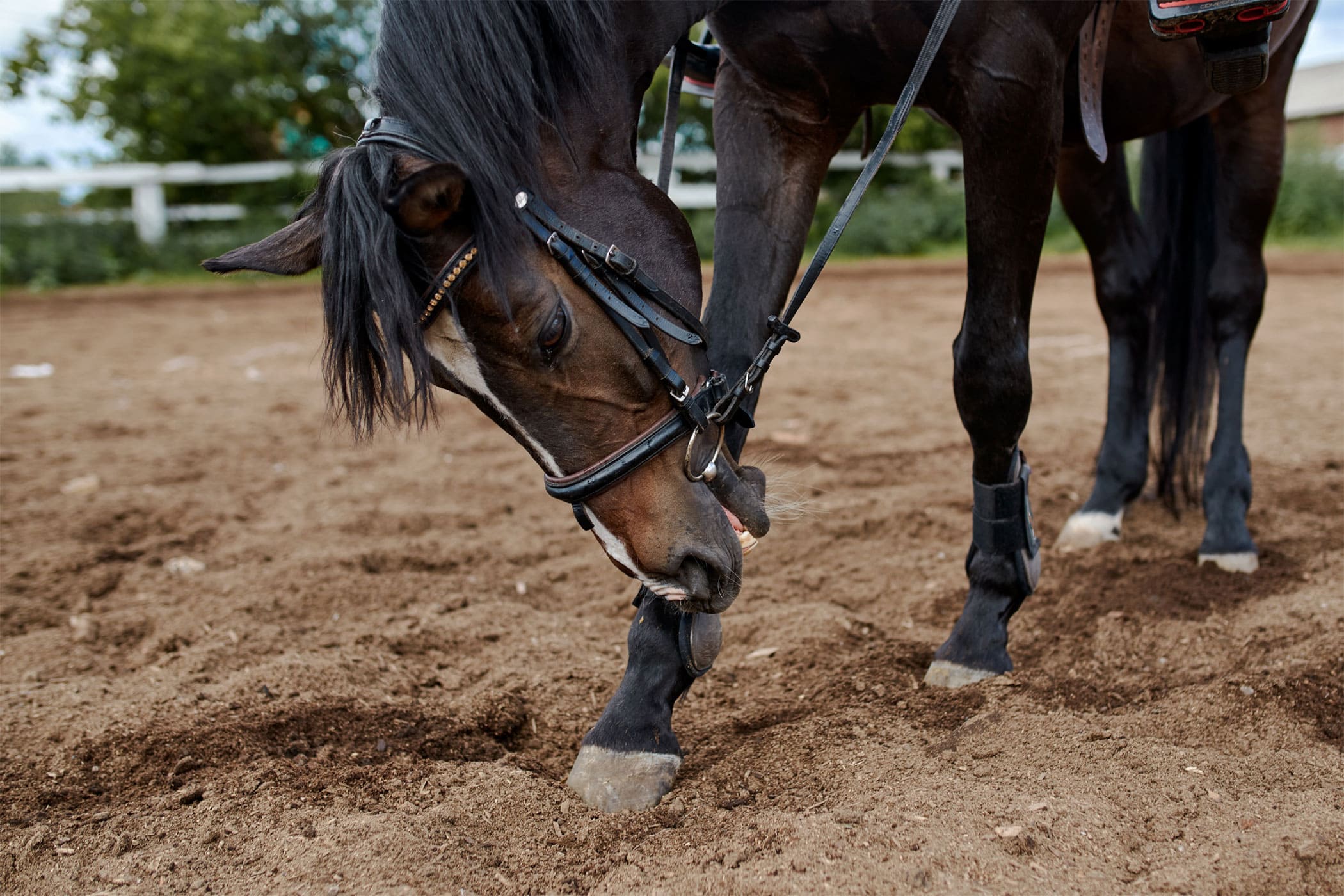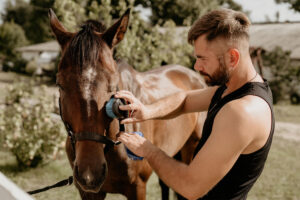
The plight of endangered equine breeds has sparked a worldwide movement to preserve these remarkable animals and their genetic diversity. With their rich heritage and contributions to human history, it is imperative to take proactive measures to ensure their survival. In this article, we delve further into the initiatives being undertaken on a global scale to protect and safeguard endangered equine breeds from the brink of extinction.
Establishment of Conservation Sanctuaries: Dedicated conservation sanctuaries are being established to provide a safe haven for endangered equine breeds. These sanctuaries prioritize the creation of natural habitats that mimic the animals’ native environments. With ample space, appropriate diets, and expert care, these sanctuaries offer a protected space for breeding, rearing, and reintroducing these endangered equines into the wild whenever possible.
Rescue and Rehabilitation Centers: Rescue and rehabilitation centers have emerged as key players in the conservation of endangered equine breeds. These centers focus on rescuing abandoned, neglected, or abused individuals, providing them with the necessary veterinary care, rehabilitation, and training. Through these efforts, they aim to restore the health and well-being of these equines and, when feasible, reintegrate them into suitable environments or facilitate their adoption by responsible owners.

Genetic Mapping and Research: Scientists and researchers are actively engaged in genetic mapping and research to better understand endangered equine breeds. By studying their genetic makeup, researchers can identify specific traits, genetic markers, and potential health risks within these populations. This knowledge allows for more targeted breeding programs, ensuring genetic diversity and minimizing the risk of inherited diseases. Additionally, genetic research provides valuable insights into the evolutionary history of these breeds.
International Breed Preservation Programs: Collaborative international programs are playing a pivotal role in the conservation of endangered equine breeds. These programs involve the exchange of animals, genetic material, and expertise among different countries. By diversifying gene pools and fostering global collaboration, these initiatives strengthen the long-term viability of endangered equine populations. They also promote cultural exchange and understanding, as equine enthusiasts from various nations come together to preserve these unique breeds.

Legislation and Policy Support: Governments and legislative bodies are enacting laws and policies to protect endangered equine breeds. These measures include regulations against illegal trade, poaching, and habitat destruction. Additionally, governments are providing financial support and incentives to encourage private breeders, organizations, and research institutions to actively participate in conservation efforts. Such legislative backing and policy support contribute to the sustainability and success of conservation initiatives.
Ecotourism and Public Engagement: Promoting ecotourism initiatives centered around endangered equine breeds generates public interest and support for their conservation. Guided tours, educational programs, and interactive experiences allow visitors to learn about these fascinating animals firsthand. By engaging the public in meaningful ways, these initiatives foster a sense of stewardship and encourage individuals to contribute to conservation efforts through donations, volunteering, or advocacy.
Conclusion: The collective efforts to protect endangered equine breeds are gaining momentum across the globe. From the establishment of conservation sanctuaries and rescue centers to genetic research, international collaborations, legislative support, and public engagement through ecotourism, these initiatives are making a significant impact. By recognizing the intrinsic value of these endangered equine breeds and prioritizing their preservation, we can ensure their survival for future generations to appreciate and cherish. Together, we can secure a brighter future for these magnificent creatures and the cultural legacy they represent.






